In that context, Vietnam has emerged as a bright spot with political stability and increasingly enhanced international position, demonstrated by upgrading relations to comprehensive strategic partnership with a series of key partners, such as South Korea, the United States, Japan, and Australia.
The Draft Political Report to be submitted to the 14th National Congress (Draft Report) has been carefully and scientifically prepared, demonstrating the strategic vision, development in theoretical thinking of the Party and the strong aspiration of the nation to rise up.
The article focuses on two main contents: Analyzing new breakthroughs in the Party's economic thinking; proposing solutions to improve the feasibility of implementing strategic orientations, especially in terms of institutions, developing the private economic sector and linking diplomacy and economics.

New breakthroughs in the Party's economic thinking
The draft Political Report submitted to the 14th Congress not only inherits but also develops the Party's theoretical thinking to a new level, especially in the economic field, demonstrated through the following five core points:
Firstly, clearly establishing a new growth model, in which "science and technology, innovation and digital transformation are the main driving forces". This shows the determination to transform from a model based on capital and cheap labor to a model based on knowledge and efficiency.
Second, a new breakthrough point is the affirmation of the position of the private economy, identifying it as the most important driving force of the economy. This is a strong upgrade compared to previous congresses, paving the way for breakthrough mechanisms and policies for this economic sector.
Third, for the first time, our Party has identified "foreign affairs and international integration" as an "important and regular" task. This strategic change requires closely linking the diplomatic pillar with economic development, directly serving the goal of building strategic autonomy.
Fourth, identifying economic institutions as the focus shows clear priority in removing legal barriers to unlock development resources.
Fifth, for the first time, the action program was included in the draft report. This is a reform step in demonstrating the "words go hand in hand with actions" mindset, increasing feasibility and improving the delay in implementing policies and guidelines.
Two key groups of issues
In the context of the global economy forecast to continue to face many uncertainties, with slowing growth rates in key economic partners such as the United States and China, along with increased risks from trade tensions and geopolitical risks, Vietnam's setting of breakthrough socio-economic development goals (average GDP growth in the 2026 - 2030 period reaching 10%/year or more and GDP per capita by 2030 reaching about 8,500 USD) demonstrates a great vision, but also poses urgent requirements for growth model innovation and institutional breakthroughs. On that basis, I would like to focus on two key groups of issues:
Specifying the role of the "most important driving force" of the private economy
Currently, Vietnam's growth momentum still depends largely on the FDI sector and public investment. The domestic private sector, especially small and medium enterprises, still face many difficulties in accessing capital, land and obstacles in the business environment.
In that context, placing the private economy in the most important driving force position shows a strong policy signal on the direction of restructuring growth drivers, but there is still a lack of specific quantitative bases (such as the proportion of private investment capital in total social investment) and mechanisms and policies to realize this goal.
The experience of “take-off” economies such as South Korea shows that the rise of the private sector is not a spontaneous result, but a product of a state-led development strategy, in which the state proactively creates a favorable environment, leads by strategic public investment and selectively supports to form large-scale, globally competitive private enterprises. Therefore, the following points can be added:
Firstly, clarify some key orientations to concretize the policy of enhancing the role of the private economic sector as the most important driving force, in a mutually supportive and harmonious relationship with the investment capital sectors of the whole society. Specifically: (1) Clearly define the role of public investment, focus resources on infrastructure connectivity, innovation and regional connectivity - to activate social investment, instead of competing for resources with the private sector; (2) Increase the proportion of private investment in total social investment; (3) Establish a selective support mechanism for the private sector, shifting from widespread support to oriented support, prioritizing enterprises with innovation capacity, capable of participating in the global value chain. Ensure the principles of conditional support, fair competition, transparency, and anti-privilege; (4) Strengthen the substantive link between FDI and domestic enterprises, through binding mechanisms on technology transfer, human resource training and localization rates, ensuring the spread of value.
Second, clarify the priority orientation of institutional reform for the private economy. For the private sector to truly become the central driving force for development, it is necessary to prioritize three key policy groups: (1) reform the business environment, ensuring fairness and transparency; (2) develop the capital market, creating conditions for small and medium-sized enterprises to access diverse and sustainable financial sources; and (3) promote innovation, encourage enterprises to invest in research and development.
Closely linking new diplomatic status with strategic economic autonomy
In the context of complex and unpredictable global economic and political developments, it is absolutely correct to identify foreign affairs as a “crucial and regular” task. The comprehensive strategic partnerships that Vietnam has established with key partners are invaluable assets that need to be actively and effectively exploited to serve the country’s development goals.
Therefore, the document should clarify the link between the diplomatic pillar and the economic pillar, emphasizing the goal of using the new diplomatic position to : (1) Diversify markets and supply chains: Minimize the risk of dependence on a few major export markets. This is an urgent requirement in the context of global trade tensions that may impact Vietnam's exports ; (2) Selectively attract foreign direct investment (FDI): Shift the focus from attracting large-scale, processing FDI to attracting high-tech, high-value-added, environmentally friendly, and spillover FDI, connecting with domestic enterprises; (3) Building "strategic autonomy" in the economy: Taking advantage of new cooperation frameworks to enhance the internal capacity of the economy, focusing especially on strategic autonomy in energy - food - data security as well as a sustainable financial and institutional system, contributing to enhancing the autonomy of the Vietnamese economy in the integration process.
The draft Political Report submitted to the 14th National Congress has set out the correct strategic directions, with a long-term vision and great aspirations. To turn aspirations into reality, the decisive factor lies in the implementation stage. Concentrating resources on substantial reform of economic institutions, supporting the private economy, and combining diplomatic strength with internal economic strength will be the key for Vietnam to overcome challenges, seize opportunities and move forward in the era of national development.
Source: https://hanoimoi.vn/gan-ket-suc-manh-ngoai-giao-voi-noi-luc-kinh-te-chia-khoa-de-viet-nam-tien-manh-trong-ky-nguyen-vuon-minh-721369.html



![[Photo] Prime Minister Pham Minh Chinh chaired a meeting to discuss solutions to overcome the consequences of floods in the central provinces.](https://vphoto.vietnam.vn/thumb/1200x675/vietnam/resource/IMAGE/2025/10/29/1761716305524_dsc-7735-jpg.webp)

![[Photo] National Assembly Chairman Tran Thanh Man received a delegation of the Social Democratic Party of Germany](https://vphoto.vietnam.vn/thumb/1200x675/vietnam/resource/IMAGE/2025/10/28/1761652150406_ndo_br_cover-3345-jpg.webp)
![[Photo] Flooding on the right side of the gate, entrance to Hue Citadel](https://vphoto.vietnam.vn/thumb/1200x675/vietnam/resource/IMAGE/2025/10/28/1761660788143_ndo_br_gen-h-z7165069467254-74c71c36d0cb396744b678cec80552f0-2-jpg.webp)

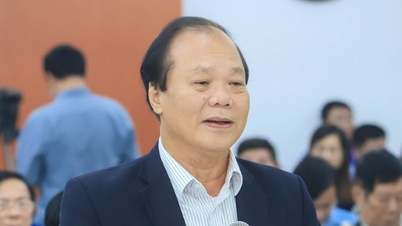

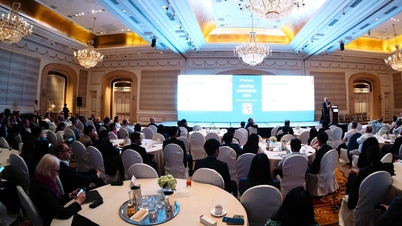
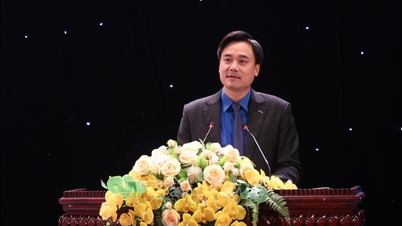

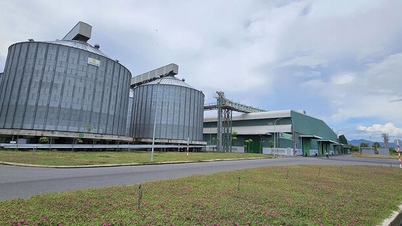



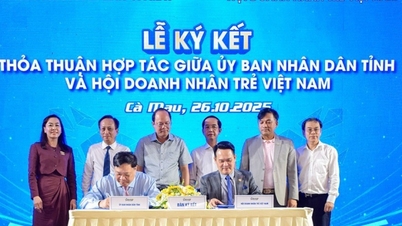

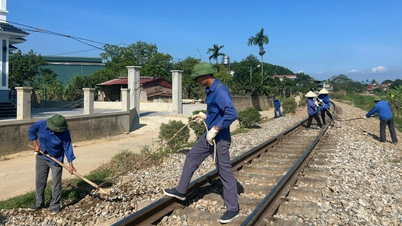


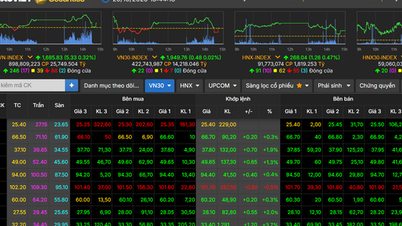


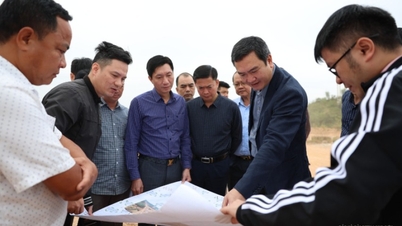

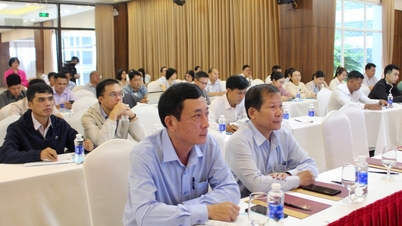





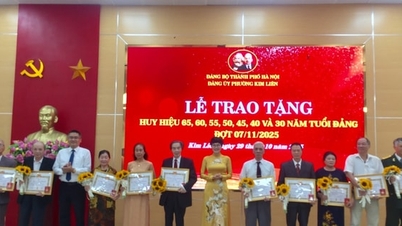
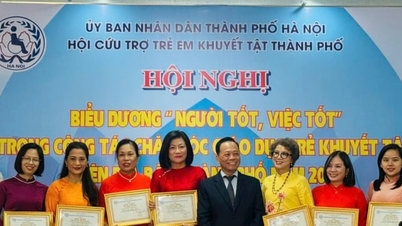
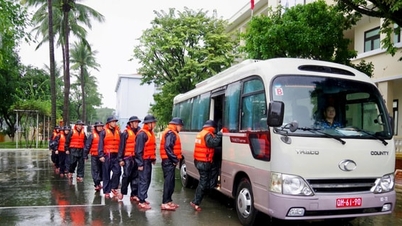
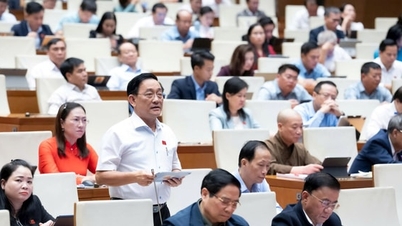

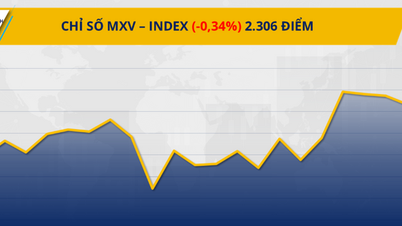
![[Photo] Draft documents of the 14th Party Congress reach people at the Commune Cultural Post Offices](https://vphoto.vietnam.vn/thumb/1200x675/vietnam/resource/IMAGE/2025/10/28/1761642182616_du-thao-tai-tinh-hung-yen-4070-5235-jpg.webp)

















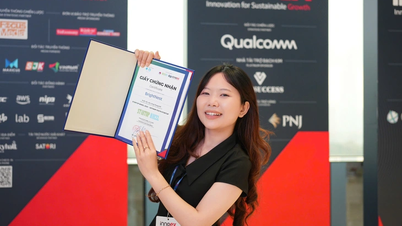









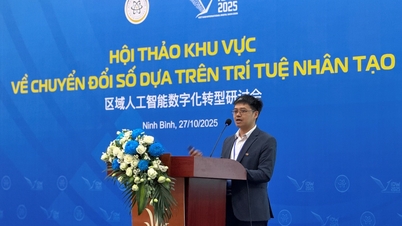







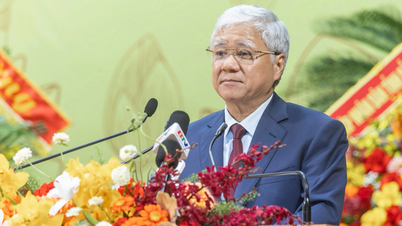
![[Infographic] Vietnam's socio-economic situation in 5 years 2021-2025: Impressive numbers](https://vphoto.vietnam.vn/thumb/402x226/vietnam/resource/IMAGE/2025/10/29/1761730747150_anh-man-hinh-2025-10-29-luc-16-38-55.png)


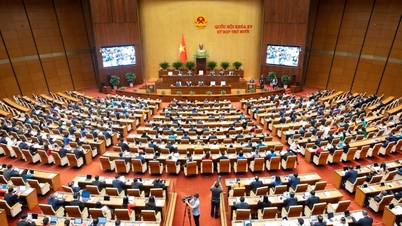
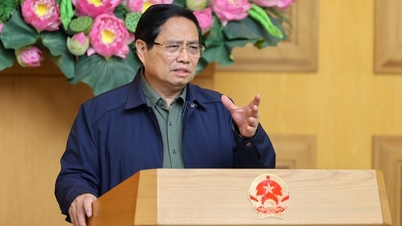
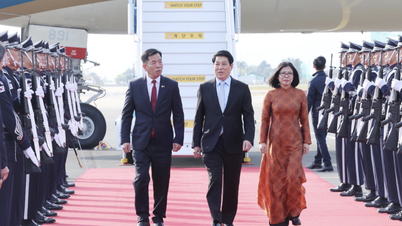

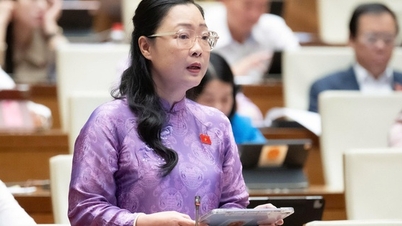

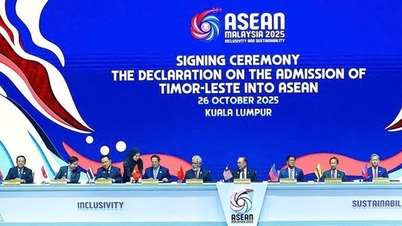



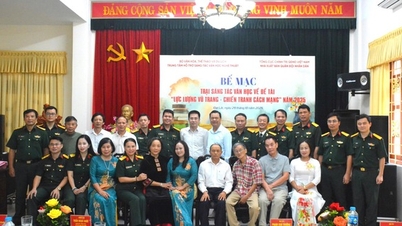
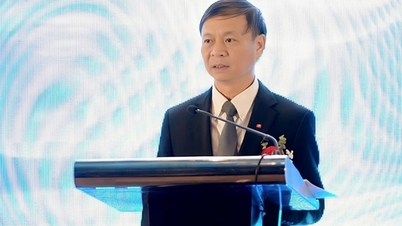
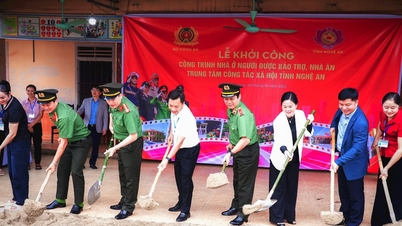

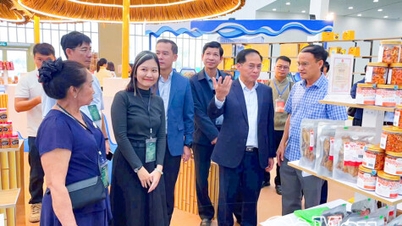





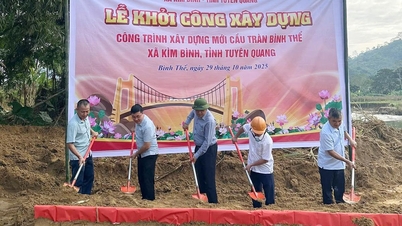

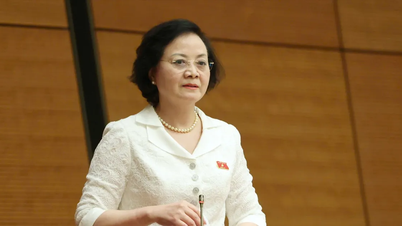















Comment (0)